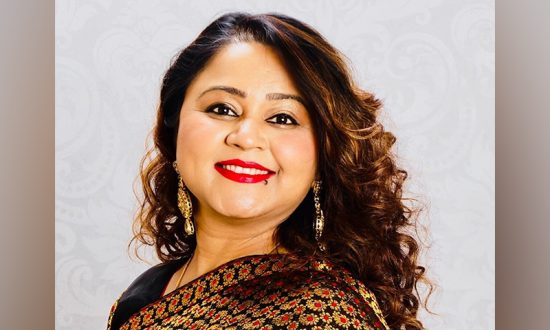Mamta Purbey, Bachelors in Education, MBA in Marketing & Human Resources, MBA in Healthcare, is the Executive Director of Enrolment Management, Manipal’s American University of Antigua College of Medicine (www.auamed.org). A seasoned professional with several decades of experience in higher education in India, US, UK, Canada and other countries, guiding prospective students to choose the right path to fulfil their dreams of becoming successful medical professionals.
When it comes to medicine, every country has its own regulations and guidelines. The health ecosystem in most countries is created and nurtured to ensure that the best health practices are followed in the country. All the aspects that are required to maintain a strong health index are taken into consideration by the respective bodies before laying out the regulations & guidelines for the medical ecosystem in that country.
Factors like physician supply, doctor-patient ratio, capacity building, patient centredness, quality control etc. prove to be very critical in creating a strong health-care system in a country. Right from the step of issuing selection guidelines to the medical schools to entrance & exit exams at multiple stages, the governing and regulatory bodies take steps at every stage of medical education to ensure that only qualified, ethical and motivated individuals become doctors in their country.
In USA, a medical/MD degree is considered extremely prestigious and rightly so. A student needs to undergo multiple steps, pass rigorous curriculum and clear entrance test like MCAT and successfully pass licensure exams (USMLE Step 1 and Step 2) to be able to successfully achieve the MD degree.
To become a doctor in the USA/Canada, a student needs to first complete a 4 year undergraduate program post her/his 12th grade or high school. This stage is called pre-medical and usually, students can do this 4 year program in any discipline of choice. A student needs to complete this UG degree and clear the MCAT exam before s/he actually joins a medical school. The MCAT is a multiple-choice examination that students must pass before they are admitted to medical school. Physical science, biology, critical thinking, and verbal skills are all tested in a computerized test. This test plays an important role in the selection of a medical school in the USA/Canada.
Once a student enters a medical school, they spend another 4-5 years in a medical school which would include their pre-clinicals and clinicals. Once the student is done with clinical rotations and graduates from the medical school, s/he applies for residency. Students submit applications through the National Residency Matching Program (NRMP). During residency placement, the doctor learns the practice of medicine under the supervision and tutelage of a fully licensed doctor (commonly known as Attending Physician). Depending on the specialisation they opt for, many doctors complete their residency programs in 3 to 7 years.
Alternately, to become a doctor in the US/Canada, students can also take the Caribbean medical college route where they can choose a reputed and recognized medical school in the Caribbean and do their 2 year pre-med program, study 2 years of pre-clinicals and then pursue their clinicals in the USA/Canada. Some prominent medical schools in Caribbean like Manipal’s American University of Antigua also include USMLE training in the curriculum and a separate semester is dedicated for the same. In this route the student undergoes a 2 year pre-med program before they enrol in the medical school. This saves the student 2 years and hence, they can complete their pre-med to MD program including clinical rotations in about 6.5 years.
However, while choosing a Caribbean medical school, it’s very important to check the recognitions and accreditations. Only schools that are recognized by CAAM-HP and accredited by US Dept of Education, New York State Education Department and other US & Canada medical education related departments/bodies should be chosen to ensure a smooth transition into USA / Canada.
Overall, a student spends about 7-12 years after the completion of the undergraduate (premedical) degree to finally become a practising doctor in the USA if he is able to successfully clear every step without any delays. The process to be a practising doctor in Canada is quite similar to that of USA. One of the differences is that the graduates go through CaRMS instead of NRMP.
Some of the top career paths for doctors in the US include Internal Medicine, Family Practice, Psychiatry, Paediatrics, Gynaecologists, Anaesthesiologists, Surgeons, etc. As per the Bureau of Labour Statistics, the job of a doctor is among the highest paying professions in the US. In fact, the Bureau also reports that doctors account for 45 percent of the 20 highest-paying jobs in the country. Average salaries easily surpass six figures, with some surgeons and physicians able to command annual salaries greater than $400,000.
However, it is equally challenging and requires patience and determination. Overall, a student needs to be prepared for a long and sustained journey of about 10-15 years to be a practising doctor in the US/Canada. This is right from pre-med to the completion of residency and full licensure.




